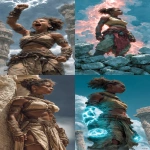Explore the Best AI Image Gallery

The Future of Marketing: Harnessing AI-Generated Images
As technology continues to evolve, artificial intelligence (AI) is making significant strides in various sectors, one of the most notable being marketing. AI-generated images are transforming how brands engage with their audiences. By harnessing advanced algorithms and machine learning techniques, businesses can create stunning visuals that not only captivate but also resonate with consumers. This article delves into the impact of AI images in marketing, potential uses, ethical considerations, and future trends that may define this exciting juncture between art and technology.
The Impact on the Creative Industry
At its core, the creative industry thrives on innovation. AI-generated images are not just a technological gimmick; they represent a fundamental shift in how creativity is expressed. Traditionally, visual content creation relied heavily on human talent and artistic intuition. However, with AI systems like DALL-E, Midjourney, and Artbreeder, brands are tapping into a rich reservoir of creativity that can generate unique visuals in seconds.
This innovation allows marketing teams to experiment with different styles, concepts, and ideas without the constraints of time and costs typically associated with traditional design processes. For instance, a marketing department can generate various campaign visuals, adapt logos, or even create an entire ad featuring hyper-realistic avatars in a matter of minutes.
Potential Uses in Marketing
The applications of AI-generated images in marketing are vast and diverse. Here are several key areas where brands can leverage these technologies:
- Social Media Content: AI-generated images can help create eye-catching posts and advertising visuals tailored specifically to the target audience's preferences, making content more relatable and engaging.
- Personalized Marketing: By analyzing user data, AI tools can generate images that appeal directly to individual consumer segments, boosting engagement rates and conversion statistics.
- Product Visualization: Retailers, especially in e-commerce, can use AI-generated images for product mockups and virtual try-ons, enhancing online shopping experiences.
- Branding: Logos and promotional materials can be designed using AI tools that offer unique alternatives that may be overlooked by human designers.
- Interactive Campaigns: Engaging audiences with customizable content generated in real-time can significantly elevate marketing strategies, providing unique experiences tailored to each viewer.
Ethical Considerations
Despite the numerous advantages AI-generated images provide, ethical concerns must be addressed. The primary issues revolve around copyright, the potential misuse of AI technology, and the authenticity of collaborations between human designers and machines. Questions such as, "Who owns an AI-generated image?" and "How do we ensure transparency in marketing materials created by AI?" are emerging discussions within the industry.
Moreover, the use of AI in marketing can lead to the spread of misinformation. Deepfakes or misleading images can damage a brand's reputation or manipulate consumer behavior. It’s crucial for companies to develop guidelines and ethical frameworks to ensure that their use of AI-generated images is responsible and transparent.
Future Trends in AI-Generated Images
The future of AI-generated images in marketing is promising, with several trends expected to shape its trajectory:
- Enhanced Personalization: As AI technologies advance, the depth of personalization will become more sophisticated. Tailored visuals that adapt in real-time based on user behavior could become standard in marketing campaigns.
- Integration with Augmented Reality (AR) and Virtual Reality (VR): Immersive experiences that combine AI-generated images with AR and VR can take user engagement to new heights, providing consumers with innovative ways to interact with brands.
- Real-Time Content Generation: Brands may increasingly rely on AI for dynamic content that changes according to trends, events, or audience sentiment, offering up-to-the-minute marketing strategies.
- Collaboration Between Humans and AI: The future will likely see more collaborative efforts where human creativity synergizes with AI capabilities to elevate branding and creative standards.
- Increased Regulation: As AI technology becomes more widely adopted, regulatory bodies will likely step in to set ethical standards around the use of AI-generated imagery in marketing and media.
Conclusion
AI-generated images are revolutionizing the marketing landscape, presenting opportunities for brands to create visually stunning and personalized campaigns at unprecedented speeds. However, as the creative industry embraces this technology, ethical considerations must be at the forefront of discussions. By addressing these challenges and harnessing the potential of AI art, marketers can enjoy a future where creativity knows no bounds.


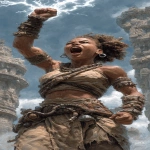
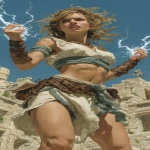

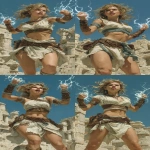
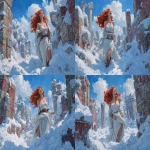

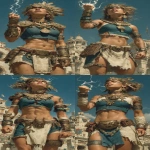







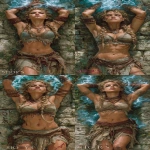
](https://images.ai-img.art/thumbnails/150/8aa2589b60ffe3dde30a265a6cac8d4ae71901c658ca48c4344f21436de413fb.webp)

](https://images.ai-img.art/thumbnails/150/bc5b40f43007c984885fc5b035e0fd81d75554a8730895e067565a6b7050524b.webp)




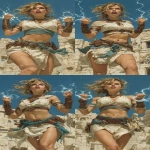


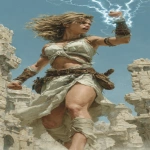




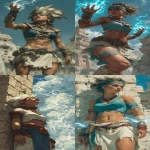

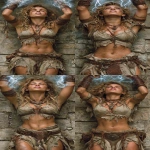


](https://images.ai-img.art/thumbnails/150/39c6bd41a1282b304a06fb11053bd009750b3879060719b1adb959228dbcd41a.webp)

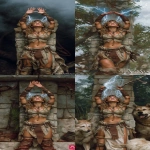



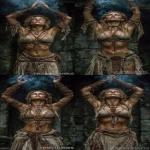


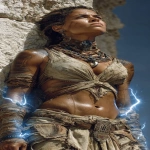
](https://images.ai-img.art/thumbnails/150/33a7122c923d87ba243a3afa0b16a930f1603be27b8ac938ff7f4ae4f5140553.webp)
](https://images.ai-img.art/thumbnails/150/00df9b84a8818b4130bce9ca10c0c67ff2bc8952ca0fb5012dafc9b1c6378e67.webp)
